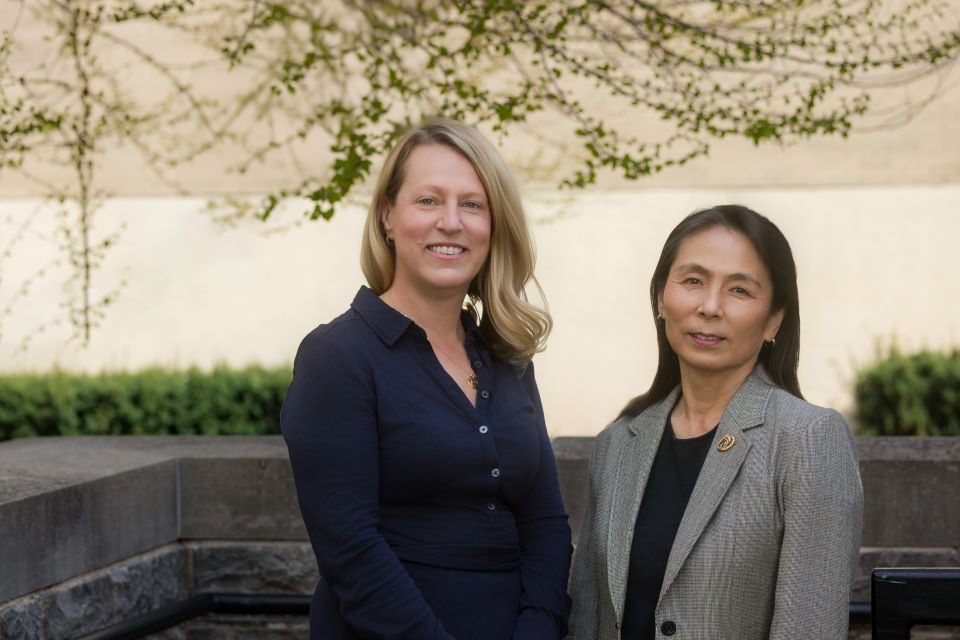Texas Tech Health El Paso Expands Health Care Access with Grant from the Underserved Communities Foundation
Texas Tech University Health Sciences Center El PasoThe collaboration between promotores, medical students and faculty ensures culturally competent and accessible health education.

















